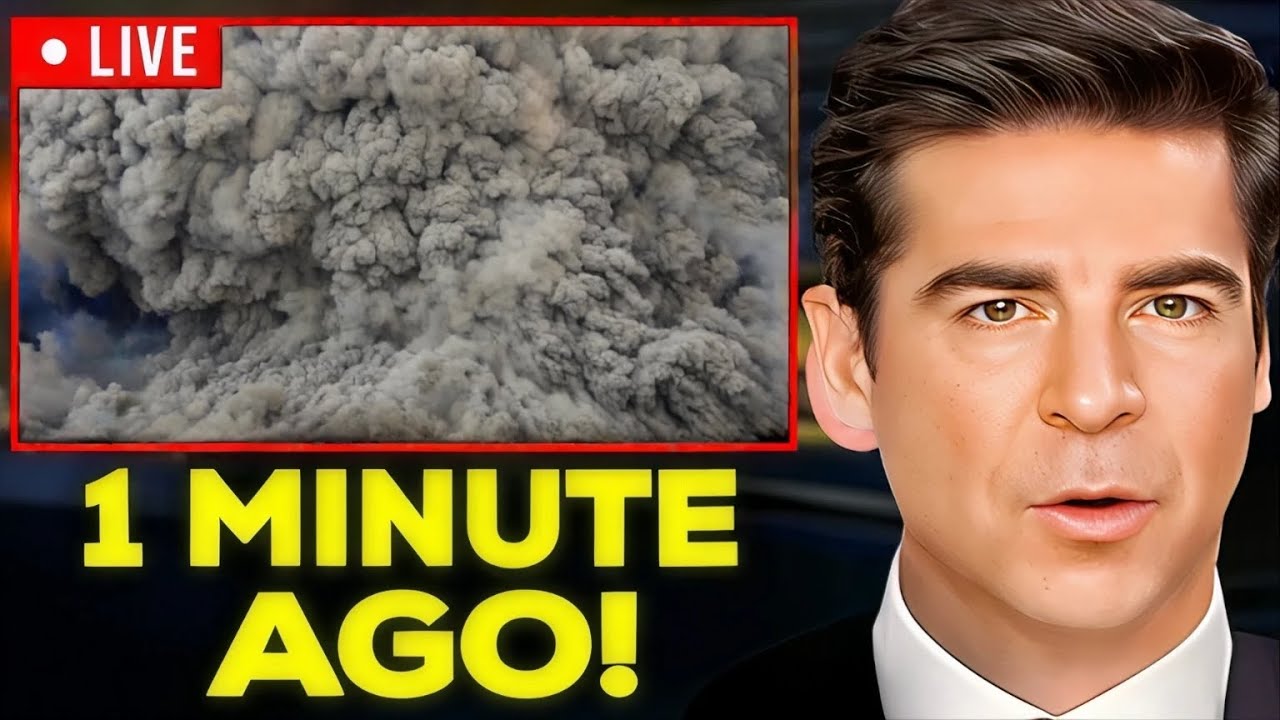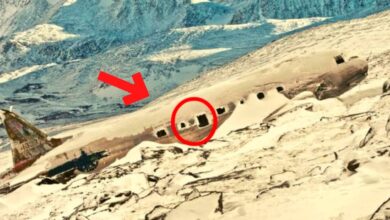Scientists Are Giving LAST WARNING As Mount St. Helens Is On The Brink of Eruption
**Mount St. Helens: Scientists’ Final Warning**

Mount St. Helens is showing signs of activity again, with nearly 350 small earthquakes occurring in the past few months. Scientists believe this is part of the volcano’s “recharging” process. Imagine standing at the foot of this giant mountain, which can change the landscape in a split second.
It’s been 44 years since Mount St. Helens erupted on May 18, 1980 – one of the most destructive eruptions in U.S. history, turning the Pacific Northwest into an ash-covered wasteland. Yet the mountain continues to amaze scientists, revealing secrets deep within the earth that could change how we understand its history and future.
Before the 1980 eruption, St. Helens was a volcanic island. Helens also provided gentle but ominous warnings—starting with small earthquakes in March, followed by steam and gas explosions in April. A bulge gradually formed on the northern flank, pushed up by magma beneath it, expanding at a rate of up to 5 feet per day. Then on May 18, a magnitude 5.1 earthquake triggered the largest landslide ever recorded, resulting in a massive horizontal explosion that wiped out 230 square miles of forest in minutes.
The ash cloud soared 15 miles into the atmosphere, disrupting flights and shrouding cities in darkness. The surrounding area became a dead zone afterward: rivers clogged, wildlife disappeared, forests flattened. But through it all, the mountain smoldered, reminding humans that it was far from “asleep.”
Today, research shows that Mount St. Helens is still alive. St. Helens may be entering a new phase of activity. Clusters of small earthquakes – known as earthquake swarms – are increasing, indicating that magma is moving beneath. Satellite data has also detected ground deformation – signs that pressure is building in the magma chamber.

Scientists are using advanced technology such as synthetic aperture radar and ultra-sensitive GPS stations to measure the slightest movement of the ground. At the same time, CO₂ and SO₂ – which are naturally produced when magma rises – are also increasing significantly. While these signs do not confirm an imminent eruption, they do suggest that the volcanic system is in a very active state.
Mount St. Helens is in a “storage” phase – a process that can take years or even decades, as magma from deep within the Earth gradually rises, creating enormous pressure that causes cracks, deformations, and the release of gases. While it is uncertain when the next eruption will occur, this activity makes one thing clear: St. Helens is not “sleeping.”
If the mountain erupts again, the consequences could be dire. It could unleash lava flows, lahars, and massive ash clouds—threatening the communities and ecosystems that have recovered since 1980. Regrowing forests would be destroyed, rivers could be blocked, and life would once again be driven out of existence.
However, history has shown the incredible resilience of nature. Soon after the 1980 eruption, plants like lupines began to grow in the ash, and wallabies began to burrow into the soil, making it more fertile. The ecosystem slowly regenerated, with birds, fish, and animals returning, transforming the dead land into a diverse ecosystem.
It’s not just Mount St. Helens that has been affected. St. Helens, and tropical volcanoes like Tambora in Indonesia show a similar cycle. After a devastating eruption in 1815 – the most powerful in recorded history – it too became a dense rainforest within decades. The hot, humid climate and rich biodiversity helped the recovery process happen quickly.
The comparison between St. Helens and Tambora shows that, in any climate, nature has the ability to recover if left alone and given the right conditions. The lessons of these eruptions not only help us better prepare for the future, but also show how to restore lands devastated by natural or man-made disasters.
Despite their destruction, volcanoes are also the source of life – destruction for regeneration, ending for new beginnings. They remind us of the delicate balance between destruction and regeneration – and of the Earth’s remarkable ability to adapt.








